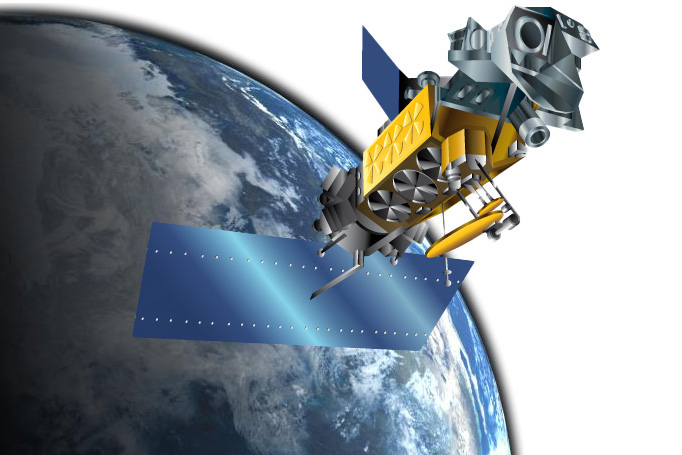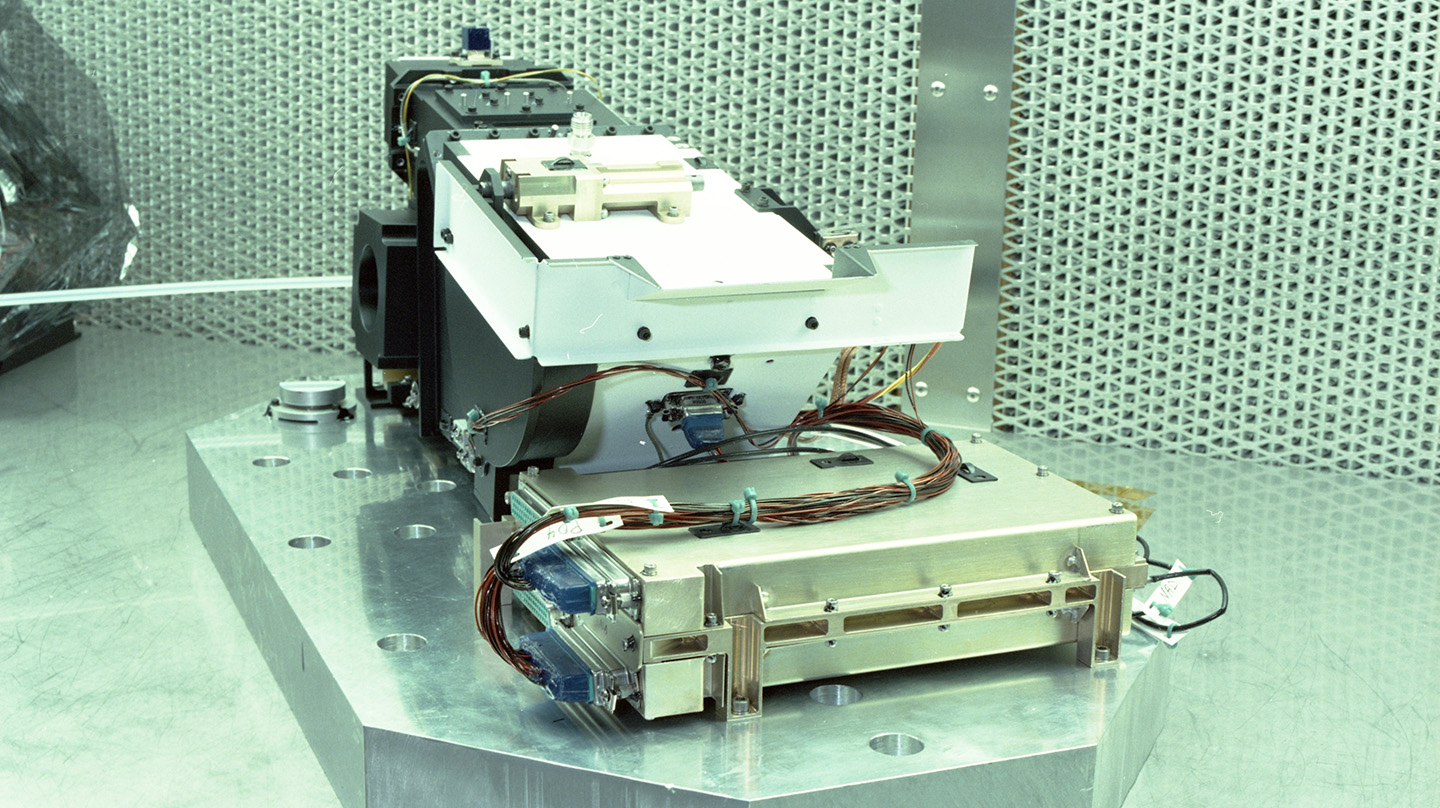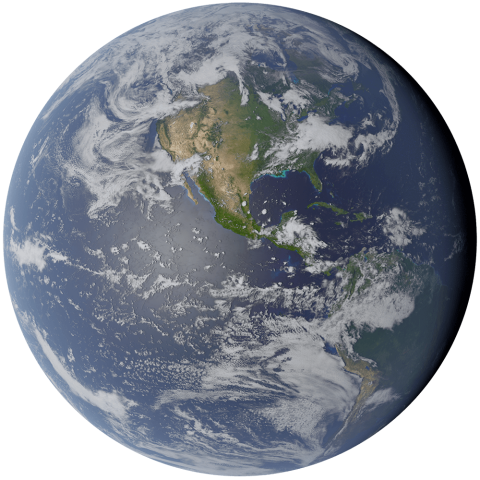Our Contribution
The Defense Meteorological Satellite Program’s Special Sensor Ultraviolet Spectrograph Imagers (SSUSI) instruments remotely sense Earth’s upper atmospheric response to the changing conditions of the Sun’s activity cycle, particularly in equatorial and polar regions.
SSUSI was turned on for the first time on Oct. 30, 2003. The instrument measures a part of the spectrum of light, referred to as the “far ultraviolet,” that humans cannot see. It employs a special sensor to detect physical and chemical processes happening in the ionosphere and thermosphere, which occupy the same region in the boundary between atmosphere and space. The instrument also has the unique ability to monitor the aurora — light displays in Earth’s sky — during the day and night.
SSUSI is able to sense changes in Earth’s atmosphere and the aurora, such as increases in atmospheric drag, that can alter the orbits of satellites. Predicting these changes is essential to preventing collisions in space or slowdowns in the movement of satellites.
After 2003, three more SSUSI instruments launched on DMSP satellites in 2006, 2009, and 2014. Data from the instruments is used by the U.S. Air Force 557th Weather Wing.


